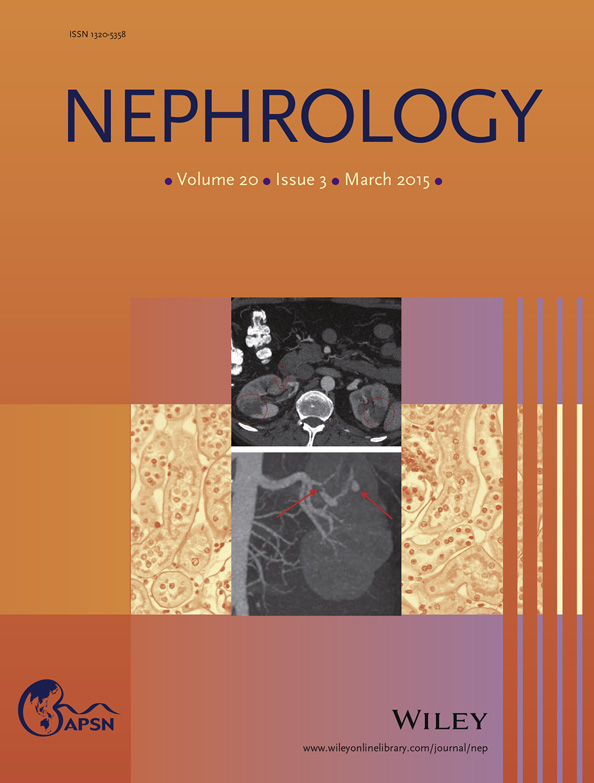Ethnic disparity in prevalence of diabetic kidney disease in an Asian primary healthcare cluster
Abstract
Aims
Diabetic kidney disease (DKD) incidence is rising in Singapore. While measures to prevent onset and early detection of diabetes as well as optimal diabetes and blood pressure control are important, early detection and treatment of DKD at primary care are crucial to ameliorate its course. This study aimed to evaluate the prevalence of DKD in a primary care cluster in Singapore and identify its risk factors in a multi-ethnic Asian population.
Methods
A total of 57 594 patients with type 2 diabetes mellitus (T2DM) followed-up at the National Healthcare Group Polyclinics with estimated glomerular filtration rate and at least two urine albumin/creatinine ratio (UACR) were stratified into DKD stages: normoalbuminuria (UACR <30 mg/g), microalbuminuria (MI, UACR 30–299 mg/g), macroalbuminuria (MA, ≥300 mg/g) and renal impairment (RI, estimated glomerular filtration rate eGFR <60 mL/min per 1.73 m2). Factors associated with DKD stages were evaluated.
Results
Overall DKD prevalence (T2DM with MI, MA or RI) was high at 52.5%; 32.1% had MI, 5.3% had MA and 15.1% had RI. DKD prevalence within ethnic subpopulations was different: 52.2% of Chinese, 60.4% of Malays and 45.3% of Indians had DKD, respectively. Malays had a 1.42-fold higher DKD prevalence, while Indians had a 0.86-fold lower. Other independent risk factors were age, female gender, duration of diabetes and hypertension, HbA1c and body mass index.
Conclusion
The high prevalence of DKD and its interethnic differences suggest need for additional measures to optimize the care of T2DM at primary care to mitigate its progression.




